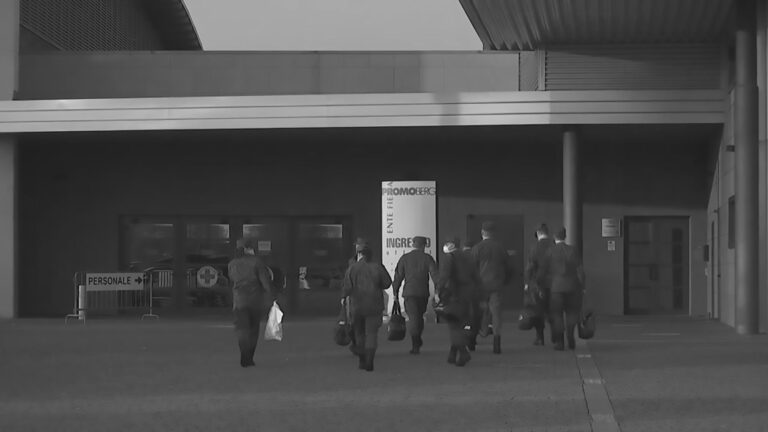A zoo has revealed a pair of adorable pygmy slow loris twins as they cling to their mother for comfort.
The two babies – the second set of twins for six-year-old mum, Sue – were born at the Leipzig Zoo, in the German city of Leipzig, located in the state of Saxony.
The primates are listed as ‘endangered’ on the International Union for Conservation of Nature (IUCN) Red List of Threatened Species.
According to zoo reports, Sue has been providing excellent care for the youngsters with their four-year-old father, Bero.
The experienced mum even allowed zookeepers to take a sneak peek at her offspring during the routine weighing procedure at the zoo.
Reportedly, Sue and the twins had a combined weight of just over 700 grammes (1.5 lbs).
Senior curator Ariel Jacken, who was reportedly pleased with the recent breeding success of the pygmy slow lorises, said: “The young animals are lively, they cling tightly to the mother’s body and seem to be adequately cared for.”
The pygmy slow loris (Xanthonycticebus pygmaeus) is a species of slow loris that can be found east of the Mekong River, in Vietnam, Laos, eastern Cambodia and China. It is part of the primate order.
These animals, which predominantly inhabit tropical dry, semi-evergreen and evergreen forests, are active during the night and crawl through branches using slow movements in search of prey.
They can grow to around 19 to 23 centimetres long.
Pygmy slow loris populations significantly reduced after their habitat was greatly damaged due to the extensive burning, clearing and defoliating of forests during the Vietnam War (1955 to 1975).
The species is currently seriously threatened by hunting, trade and habitat destruction. Extensive hunting for traditional medicines is currently putting great pressure on Cambodian populations.


The IUCN classified the pygmy slow loris as ‘endangered’ on its Red List of Threatened Species in 2020.
A spokesperson for the Leipzig Zoo reported: “The IUCN regularly reviews the endangerment status of over 90,000 animal species on the Red List. The upgrading of this primate is primarily due to the massive decline in the population by around 50 per cent in recent years.”
The spokesperson continued: “In addition, experts believe that the numbers will continue to fall, primarily due to their ruthless hunting for the pet trade, food and medicinal purposes. Moreover, the pressure on these animals’ habitat is increasing as a result of human settlements and agriculture.”
To find out more about the author, editor or agency that supplied this story – please click below.
Story By: Georgina Jadikovska, Sub-Editor: William McGee, Agency: Newsflash
The Ananova page is created by and dedicated to professional, independent freelance journalists. It is a place for us to showcase our work. When our news is sold to our media partners, we will include the link here.




